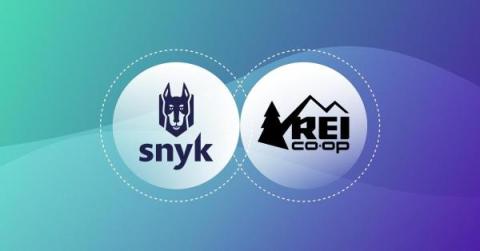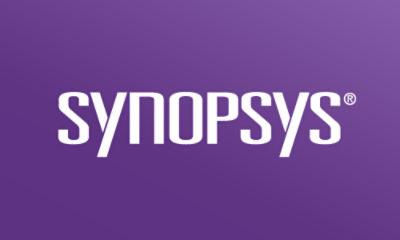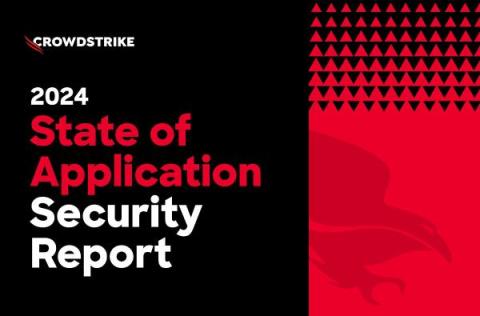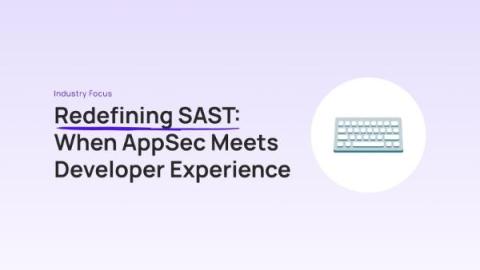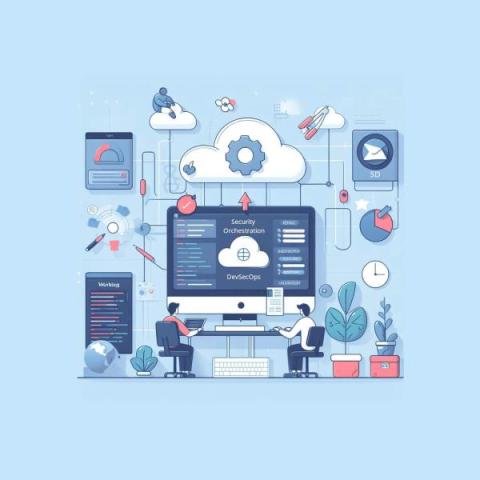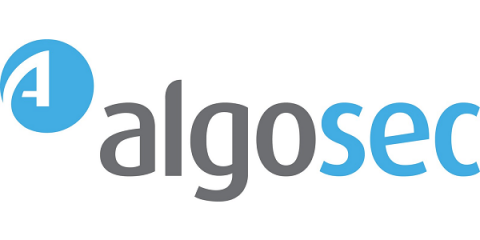How REI built a DevSecOps culture and how Snyk helped
A few years ago, REI embarked on its digital transformation and cloud migration journey, moving on-prem development environments to AWS. But, as REI’s development teams began this transition, their security counterparts noticed that application security just wasn’t keeping up. As a result, REI began another journey: identifying the right security tooling and cultural shifts for AppSec success.


